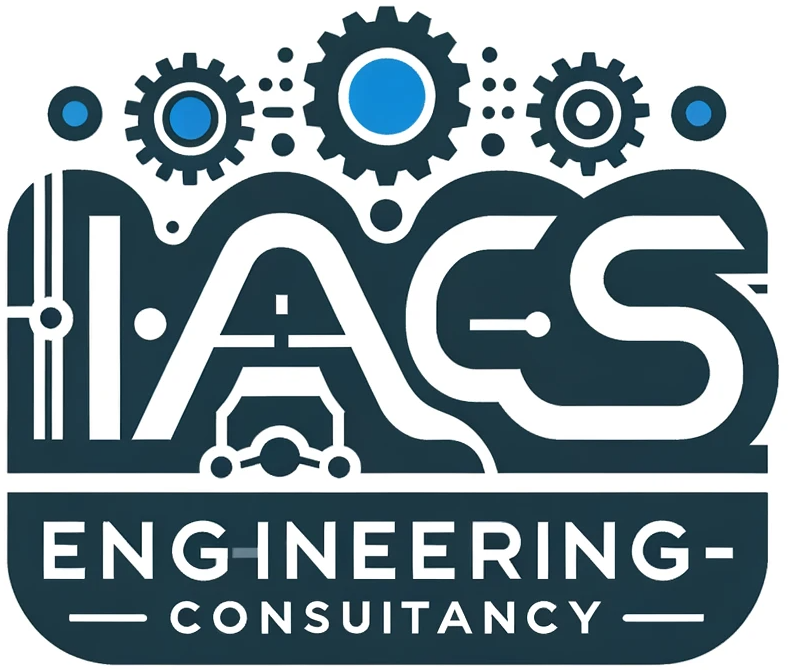Collaborative robots, also known as cobots, are designed to work safely alongside humans in a shared workspace. Cobots excel at automating repetitive tasks like:
- Pick-and-place operations
- Material handling
- Assembly tasks
- Machine tending
- Welding
- Stacking or Unstacking
Here’s a breakdown of their purpose and why they are becoming increasingly popular in manufacturing:
Purpose of Cobots:
- Assist with Repetitive Tasks: Cobots can automate repetitive tasks that are often tedious, tiring, or even hazardous for human workers. This can free up human employees to focus on more complex activities that require problem-solving, creativity, and critical thinking skills. Examples include pick-and-place operations, material handling, assembly tasks, and machine tending.
- Improve Productivity and Efficiency: By automating repetitive tasks, cobots can help to increase production rates and improve overall efficiency within a manufacturing facility. This can lead to higher output and potentially lower production costs.
- Enhance Worker Safety: By taking over potentially risky tasks, cobots can help to reduce the risk of workplace injuries for human workers. This is particularly beneficial for tasks that involve heavy lifting, working with sharp objects, or exposure to hazardous materials.
- Increase Flexibility and Adaptability: Many cobots are designed to be easy to program and redeploy. This allows manufacturers to quickly adapt their production lines to changes in demand or product design.
Why Cobots are Required?
- Labor Shortages: The manufacturing industry is facing a skilled labor shortage in many regions. Cobots can help to bridge this gap by automating tasks that would otherwise be performed by human workers.
- Rising Labor Costs: In some cases, cobots can be a more cost-effective solution compared to human labor, especially for repetitive tasks.
- Evolving Manufacturing Needs: As manufacturing processes become more complex and require greater flexibility, cobots offer a valuable tool for adapting production lines and meeting changing demands.
- Safety Concerns: Cobots can help to improve worker safety by taking over tasks that pose a risk of injury.
Overall, cobots are a valuable tool for modern manufacturing, offering benefits in terms of productivity, efficiency, safety, and flexibility.
Cobots Manufacturers:
Here’s a list of some of the leading companies that manufacture and sell cobots:
- Universal Robots (UR): Considered a pioneer in collaborative robots, UR offers a wide range of cobots for various industrial applications, known for their user-friendliness and versatility.
- ABB: A global automation and robotics leader, ABB offers a line of cobots called YuMi, known for their high precision, dual-arm design, and safety features.
- Yaskawa: Another major robotics player, Yaskawa offers Motoman cobots designed for a variety of tasks, including assembly, material handling, and machine tending.
- FANUC: A leading industrial robot manufacturer, FANUC also offers a line of cobots designed for ease of use and fast deployment.
- KUKA: Renowned for their industrial robots, KUKA offers cobots that combine power and precision for various applications.
- Techman Robot: A Taiwanese company, Techman Robot manufactures cobots known for their high performance, reliability, and cost-effectiveness.
- AUBO Robotics: A Chinese company, AUBO Robotics offers cobots designed for ease of use and affordability, making them suitable for small and medium-sized businesses.
- Doosan Robotics: A South Korean company, Doosan Robotics manufactures cobots known for their affordability, ease of use, and safety features.
- Rethink Robotics: Rethink Robotics, known for its Baxter cobot, was acquired by Bosch in 2018. While Baxter cobots are no longer being manufactured, Bosch continues to support existing users.
- Precise Automation: Precise Automation offers a line of cobots called EVO, known for their compact design, ease of use, and affordability.
Cobots Communication Protocols:
Cobot communication protocols can vary depending on the manufacturer and model. They generally fall into two categories:
Proprietary Communication Protocols: Some manufacturers develop their own proprietary protocols for communication between the cobot controller and peripherals or other systems.
Standard Communication Protocols: Many manufacturers support common industrial protocols for broader compatibility. Key standard protocols include:
- Modbus TCP: A widely used protocol for basic data exchange between devices in a client-server model.
- IP Address and Port Number: Both devices must have matching IP addresses and ports configured.
- Register Mapping: Define the correspondence between PLC registers and cobot data points, including data types and sizes.
- Function Codes: Specify Modbus function codes for read and write operations (e.g., Read Coils, Write Single Coil).
- CIP over Ethernet/IP: Facilitates network connectivity and integration with higher-level systems like SCADA or MES using the Common Industrial Protocol (CIP).
- Network Configuration: Ensure both devices are on the same network or subnet with correct IP addresses.
- Object and Service Models: Configure the PLC to communicate with the CIP object model used by the cobot.
- Connection Parameters: Set connection IDs, types (implicit or explicit), and data rates.
- Message Format: Configure message formats and protocols for communication.
- OPC UA (Open Platform Communications Unified Architecture): A platform-independent protocol designed for secure, reliable data exchange.
- Endpoint Configuration: Set up OPC UA server and client endpoints with correct IP addresses, ports, and security settings.
- Address Space Mapping: Define and configure the OPC UA address space to map data between the PLC and cobot.
- Security Settings: Configure authentication, encryption, and access control.
- Data Models: Ensure compatibility by understanding and configuring data models used by both devices.
- PROFINET (Process Field Network): An Ethernet-based protocol for real-time data exchange in industrial automation.
- Network Configuration: Ensure both devices are connected to the PROFINET network with appropriate IP addresses and subnet settings.
- Device Configuration: Configure PROFINET IO devices, I/O modules, and network properties.
- GSD Files: Import General Station Description (GSD) files into the PLC configuration tool to describe device capabilities and settings.
- Data Exchange Setup: Define data exchange parameters, including I/O data mapping and configuration for cyclic or acyclic data transfer.
